U.S. is Making ERAM Hybrid of Missile and Bomb for Ukraine, Deadlines Revealed
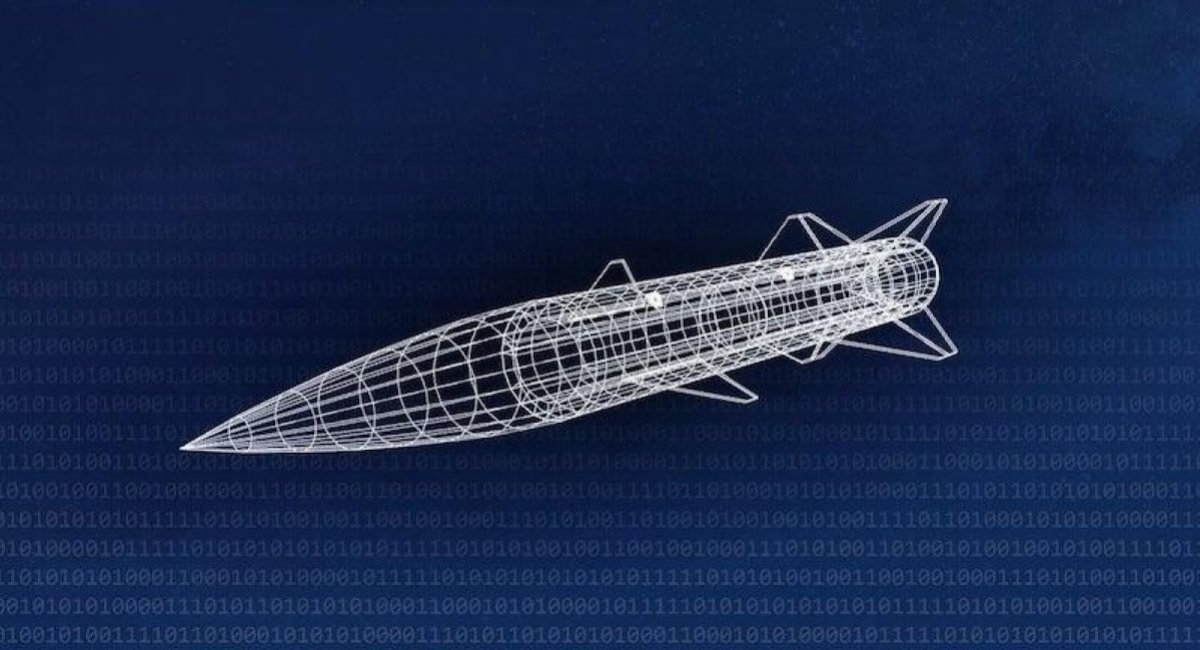
ukr.defense.news@gmail.com
July 12, 2024
886 Comments
The United States is developing the Extended-Range Attack Munition (ERAM), an air-launched smart weapon for Ukraine that can be described as a hybrid of a guided aerial bomb and a small-sized cruise missile.
Documents revealing the details of this project were released in open access the other day, as noticed by Aviation Week. This article is published in Aviation Week & Space Technology and is free to read until Jul 19, 2024.
- According to the papers, the ERAM will feature a 260-kilogram warhead, with armor-piercing or high-explosive action, but the overall weight of the munition is not specified.
- The estimated range is 250 nautical miles (463 kilometers), the minimum speed is Mach 0.6, (740 km/h).
Read more: What Are Ukraine's Chances of Getting 128 F-16 Fighters to Reach Minimum Parity with Russia?

The U.S. weapon designers expect the ERAM to show hit accuracy within 10 meters of the target and its guidance systems to operate normally under active electronic warfare suppression.
- The U.S. Air Force is the customer, having submitted the inquiry for development on January 31, 2024.
- It is not clear whether the initiative came from the American or Ukrainian side.
But the most unusual part is the development timeline and production pace: mass manufacture is slated to start no later than 24 months after the contract has been awarded, with an expected annual output of up to 1,000 units.
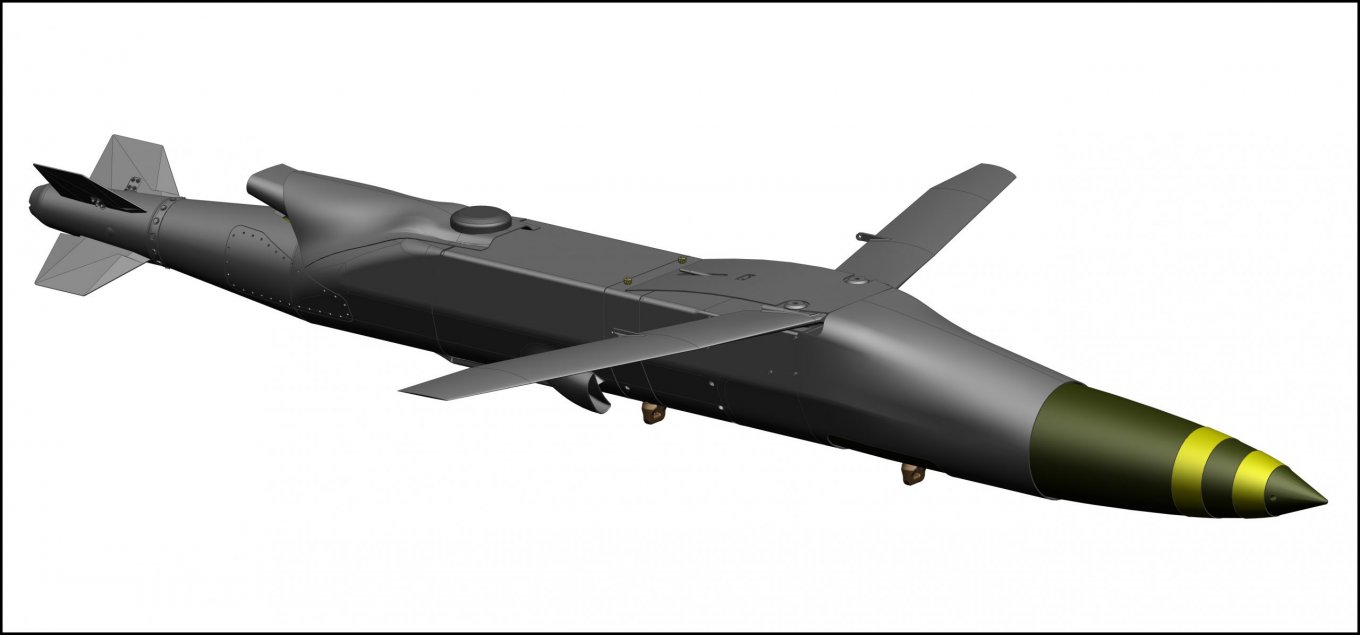
Examples include
- the Powered JDAM, which is basically a Boeing's attempt to attach an engine to the Joint Direct Attack Munition (JDAM) to create a hybrid bomb-cruise missile, and
- the Enterprise Test Vehicle (ETV) Project, which aims to reduce the cost of cruise missiles to $150,000 from $2 million, with several proposals in development.
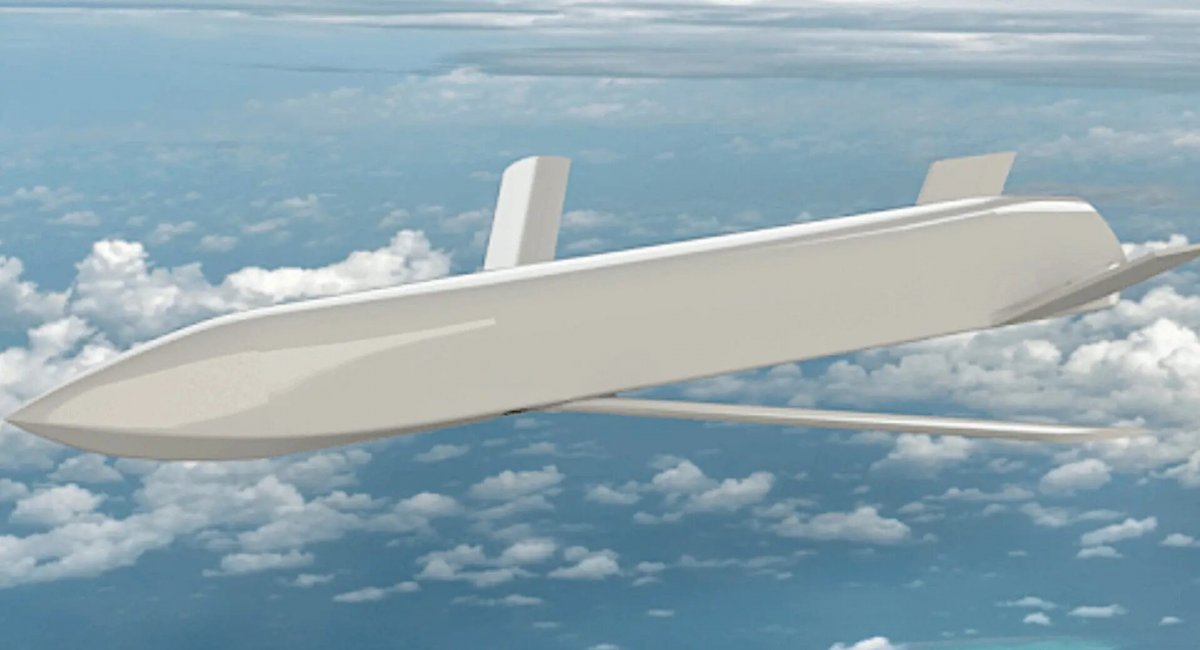
Read more: UMPB Extended-Range Bomb Created in russia, Deployed by Aircraft or Tornado-S Ground Launchers
Related Content
US Air Force to develop a new ERAM missile for Ukraine with over 450 km attack range
12 Jul, 2024 - 10:49
Defense News Army 2024
On July 10, 2024, the US Air Force issued a Request for Proposal (RFP) to develop a new aircraft-launched weapon called the Extended Range Attack Munition (ERAM).

This new Extended Range Attack Munition (ERAM) will likely be a 500-pound class weapon with blast, fragmentation, and limited penetration effects; variable fuze options; a range of at least 250 nautical miles (463 km); and a speed of at least 0.6 Mach (Picture source: Army Recognition/AI-generated picture)
- Only these pre-selected companies can submit proposals, which are due by July 24, 2024.
- The Technical Volume, limited to 25 pages, should cover the project's background, objectives, approach, deliverables, and needed resources.
- The Price Volume has no page limit for the main document but should provide a payment schedule and include all necessary data to determine a fair price.
- This includes commercial price catalogs, labor rates, other direct costs, and proposed travel expenses.
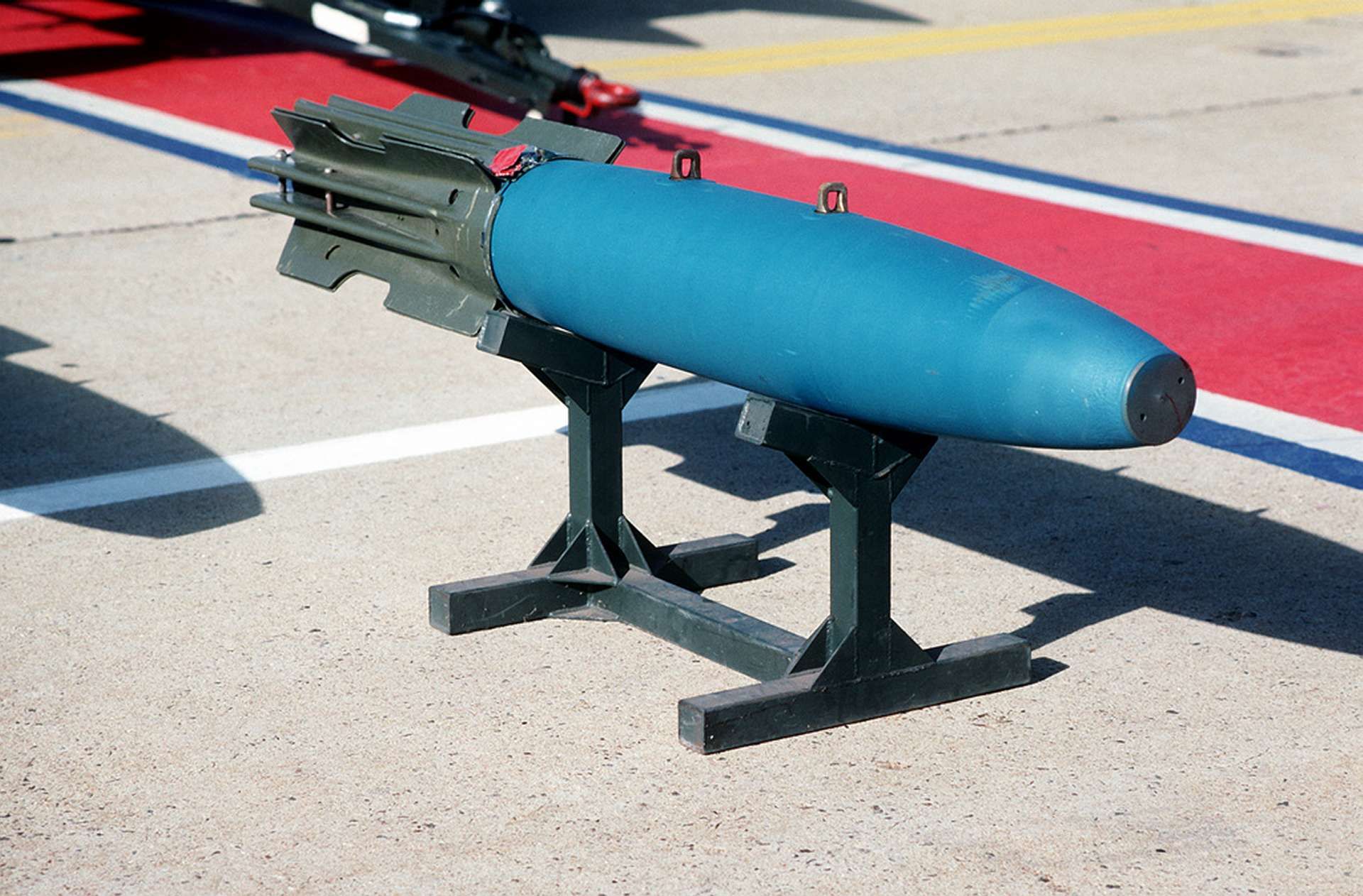
While the warhead of the Mark 82 unguided bomb could be considered a baseline for the ERAM 500-pound class weapon, it will be a vendor decision and not a U.S. Government requirement. (Picture source: US DoD)
1. The government has asked companies to identify any production barriers and long lead materials needed for the Extended Range Attack Munition (ERAM) project.
The initial RFI in January 2024 aimed to gather information from interested and capable companies that could meet the requirements for the ERAM. Companies were encouraged to submit a Statement of Capabilities (SOC) showing their relevant knowledge and experience.
- the ability to produce a 500-pound class weapon with blast, fragmentation, and limited penetration effects;
- variable fuse options;
- a range of at least 250 nautical miles (463 km);
- a speed of at least 0.6 Mach;
- a navigation system that works in GPS-degraded environments;
- terminal accuracy within 10 meters in both normal and high-electromagnetic interference (EMI) environments; and a
- production capacity of over 1,000 All-Up-Rounds (AURs) within 24 months of contract award.
The government clarified the following points in the earlier RFI about the ERAM:
- Standard munitions storage practices apply, and multiple Bomb Rack Units (BRUs) are of interest, though specific BRUs have yet to be determined.
- There is no current interest in collaborative autonomy for this platform.
- While the Mk 82 warhead could be considered a baseline for the 500-pound class weapon, it is a vendor decision and not a U.S. Government requirement.
- No price target has been set for the system, and there is no corresponding Research, Development, Test, and Evaluation (RDT&E) budget line for this RFI.










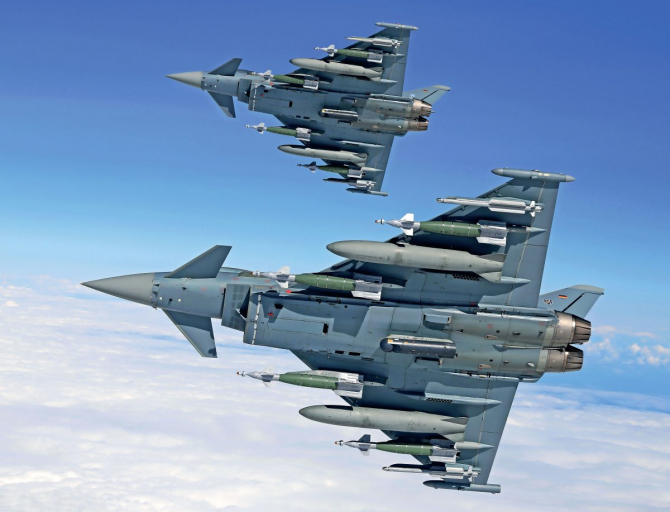


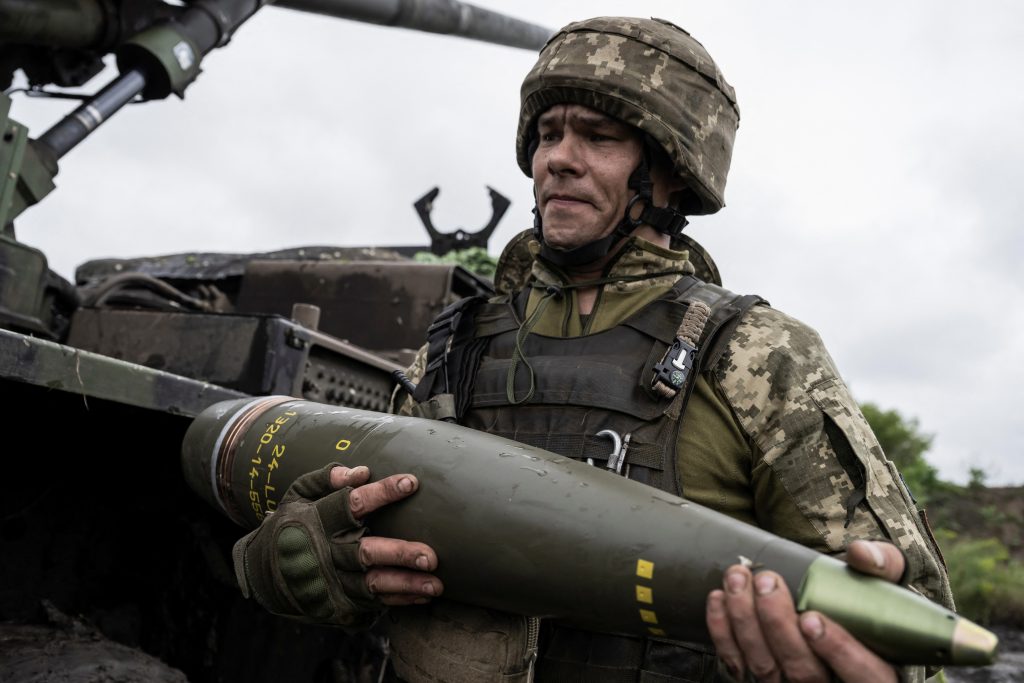



No comments:
Post a Comment